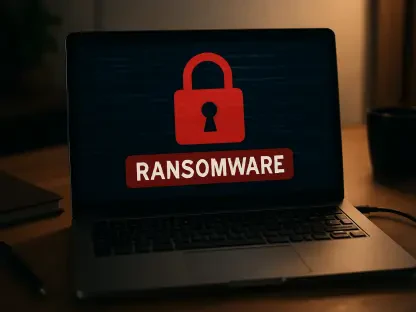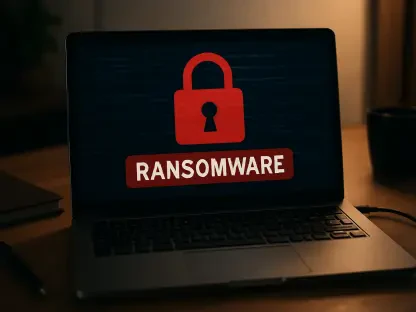In an era where connected devices are integral to daily life, the security of media server software like Twonky Server has become a pressing concern for millions of users worldwide. A recent discovery by security researchers has unveiled critical vulnerabilities in Twonky Server version 8.5.2, a popular solution embedded in network-attached storage (NAS) devices, routers, and gateways across both Linux and Windows platforms. With around 850 instances exposed to the public internet, as revealed by Shodan data, these flaws pose a significant threat, allowing attackers to bypass authentication and gain full administrative access without any user interaction or valid credentials. The severity of this issue is amplified by the lack of vendor support, leaving countless systems at risk. This alarming situation underscores the urgent need to understand the nature of these vulnerabilities and the potential impact on global users relying on such technology for data management and streaming.
Uncovering the Critical Vulnerabilities
The core of the security crisis in Twonky Server version 8.5.2 lies in two distinct yet interconnected vulnerabilities identified by researchers at Rapid7. The first, cataloged as CVE-2025-13315 with a CVSS score of 9.3 (Critical), exploits an alternative routing mechanism that sidesteps the standard API authentication process. Attackers can access sensitive endpoints like log_getfile through a specific prefix, bypassing the usual security checks and exposing critical application logs that contain the administrator’s username and encrypted password. The second flaw, CVE-2025-13316 with a CVSS score of 8.2 (High), compounds the danger by relying on hardcoded Blowfish encryption keys embedded within the software’s binary. With twelve static keys publicly available, decrypting the exposed passwords into plaintext becomes a trivial task for malicious actors. Together, these issues create a seamless exploitation chain, enabling unauthenticated attackers to compromise systems effortlessly. The widespread deployment of this software in critical devices only heightens the potential for large-scale breaches if left unaddressed.
Navigating the Lack of Vendor Support and Mitigation Strategies
Compounding the technical severity of these vulnerabilities is the disheartening response from Lynx Technology, the developer behind Twonky Server. Despite acknowledging the disclosure from Rapid7, the company has ceased communication and explicitly stated that no patches will be issued for version 8.5.2, the most recent release. This absence of support leaves users in a precarious position, with no official fixes to rely on. In response, security experts have urged immediate action to mitigate risks, recommending that application traffic be restricted to trusted IP addresses to limit exposure. Additionally, treating all administrator credentials as potentially compromised is advised, with prompt rotation of passwords for any server accessible via untrusted networks. Rapid7 has taken further steps by developing a Metasploit module to illustrate the full exploitation chain and plans to enhance detection through its vulnerability scanning tools. These measures, while not a permanent solution, reflect a critical effort to protect systems in the face of vendor inaction and highlight the broader implications for software security in connected environments.









